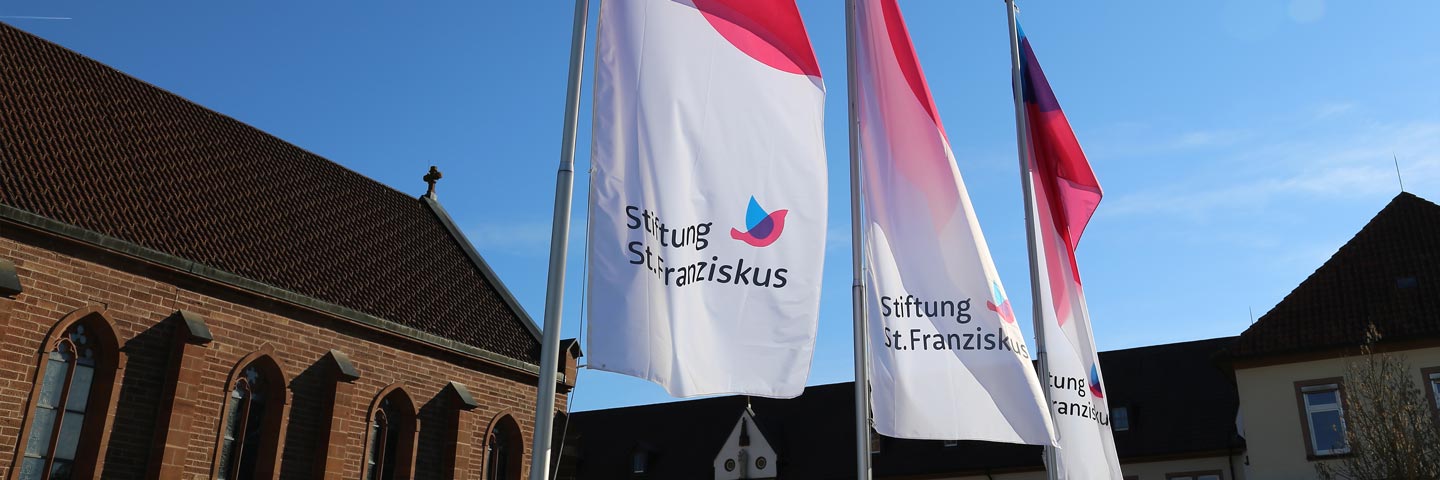Challenge.
Stiftung St. Franziskus is one of Baden-Württemberg’s largest social economy enterprises offering charitable services at 30 locations around southern Germany with its 2,500 employees and 200 volunteers bringing joy to the people it serves. The foundation mainly focuses on caring for the elderly children and young people as well as people with sensory impairments and multiple disabilities. It is located in Schramberg-Heiligenbronn which is also home to the data centre and IT department that is responsible for handling all IT services and devices across all locations.
With a number of IT projects running in parallel, the foundation was faced with the challenge of maintaining an overview of all the IT services in use. It wanted to know exactly which IT was being used for which processes and how the support business processes including all people, technologies and other related processes. Unfortunately, there is no software that can create a completely automated overview. As the foundation's IT processes were often manually mapped, there was a need to precisely analyse all technologies, associated framework conditions and all running processes to optimally align the IT structure with the company’s goals.
In methodical workshops held with Bechtle, we were able to gain an insight into the fundamentals necessary for future optimisations. The IT services map Bechtle put together was a springboard for discussion on what we offer with our shareholders. By looking at our IT from a business-process perspective, Bechtle was able to bring transparency to our IT structure.
Axel Buchinger, Head of Digitalisation and IT, Stiftung St. Franziskus Heiligenbronn, a church foundation under public law
Solution.
Bechtle provided the basis for such an analysis with its interactive service map. By following a holistic approach, the IT service provider can align itself with ITIL or COBIT frameworks depending on the customer’s requirements, to ensure that the IT environment is optimally configured for to fulfil business objectives. By leveraging this method, Bechtle and the Stiftung St. Franziskus worked together in workshops to evaluate the foundation’s IT service organisation, its locations and projects. Each workshop was dedicated to a specific topic such as the data centre, network, clients and applications and by following a structured approach, Bechtle was able to break down the complex setup and carry out a systematic analysis, the results of which were presented as mind maps comprising over 1,000 aspects. This was due to the fact that applications were analysed right down to their lowest level.
In a second step, Bechtle took these mind maps and used them to create a visual IT service map, which was then presented in PowerPoint as an interactive clickable tool that gives a complete overview of all operative IT services. Bechtle identified six areas, each with supporting processes—support, applications, ERP, clients, network and the data centre—and also general management, IT service and technical management plus associated ITIL4 best practices to optimise the entire IT operations. The dependencies identified within the IT service structure helped to prioritise the applications and processes requiring modernisation, and so Bechtle created a service design package that included an overview of the existing service structure and recommendations for improvement. Bechtle worked in accordance with ITIL best practices in the specific IT service management disciplines.
Business benefits.
Bechtle’s IT service map, gave the Stiftung St. Franziskus a detailed, structured and process-based overview of all IT-related services, applications and processes. The in-depth analysis allows the foundation to systematically prioritise its processes and thus further optimise its IT landscape. Moreover, the service map is an excellent decision-making tool when it comes to discussing services that can be outsourced and processes optimised. It is also useful when commissioning managed services as it lists all requirements, helping the Stiftung St. Franziskus align its IT structure precisely to its business goals.

